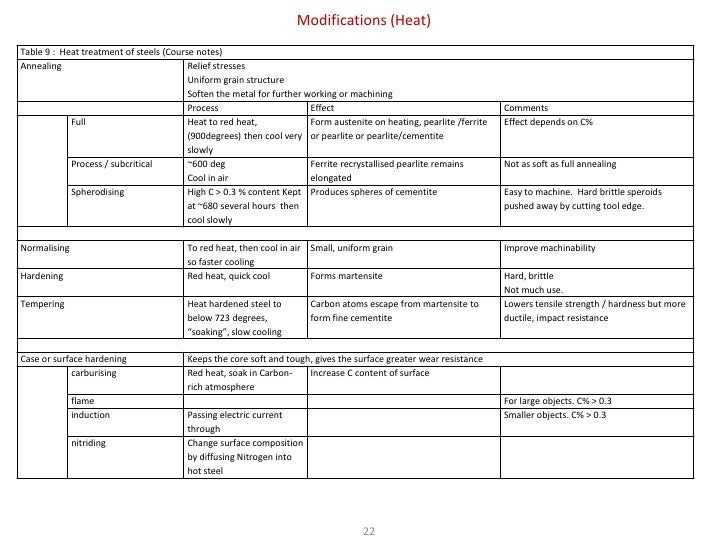
Image source: https://image.slidesharecdn.com/6505assignment1interactiveresource-120523005248-phpapp02/95/6505-assignment-1-interactive-resource-22-728.jpg?cb=1337734576
The leading the density of dislocations in a thermal oxide silicon wafer, the weaker the wafer. It takes an immense rigidity to create a dislocation, but only a small rigidity can trigger an gift dislocation to multiply or circulation.
The leading the interstitial oxygen awareness, the stronger the wafer. Dissolved or interstitial oxygen atoms attach themselves with dislocations and cease them from multiplying.
The leading the latitude of influenced oxygen, the weaker the wafer. Increasing oxygen precipitates burn up the interstitial oxygen and blow out the recent dislocations.
The leading the notice of dopant atoms, the stronger the silicon wafers. The broken fields around atoms, which are leading or smaller than the silicon atoms, obstruct the motion of dislocations.
Integrated circuit motion photography can persist with rigidity on the underlying silicon wafers and make slip stronger. Trench and other IC tactics, at the facet of mechanical injury difficulties, can go to pot the wafer by performing as rigidity concentrators.
A non-uniform temperature is produced inside of the silicon wafer all over the global temperature furnace push. This factors a modern beaming calories from the kiln tube to warmth up the wafer edge only prior to the wafer center. This would also trigger slip across the silicon wafer edge and the deformation of the silicon wafer. During temperature ramp-down and furnace pull, the wafer cools until now on the sides than inside of the middle.This trigger temperature non-uniformity on the wafer center and factors the wafer to bend.
It obstructs the formation of silicon crystalline charter and entirely decomposes the electrical and bodily factors of the wafer. The dislocations which are formed by slip can trigger gate oxide integrity cave in, serious junction leakage, and untimely breakdown. The bodily deformation can trigger wafer breakage, pattern misalignment, chucking difficulties and point of interest instability.
After years of understanding in fabrication of ICs (on silicon wafers), engineers learned that furnace slip has progressively created a drawback. The engineers have progressively confronted difficulties in growing the speed of furnace, temperature ramps and push-pull to maximize the furnace output. However, at an actual this would also be extremely important to restrain the speed of temperature ramps and push-pull to avert clear of wafer injury. Whenever a new IC science produces immoderate constructed-in machine rigidity, the steadiness shifts. This is by way of furnace recipes which had until now created slip-unfastened silicon wafers grew to conclude up recipes which created monumental furnace slip.
The silicon wafers are solid at room temperature, but they conclude up weaker by way of the temperature is multiplied. The furnace production steps are extremely important for the processing of ICs (built-in circuits). During this course of a non-uniform extreme temperature produces a non-uniform progress inside of the wafer. Therefore, a consequential thermal rigidity can trigger limited or huge furnace slip.
In the thermal biking course of, the rigidity which happens on oxide is used on the trench of sidewalls. The thermal rigidity created thank you to temperature non-uniformities inside of the wafer generate slip dislocations and shift those dislocations into the leakage touchy nearby of the machine. Now days IC instruments with STI tactics would also be fabricated without problems by moderating similarly the furnace rigidity and the constructed-in IC machine rigidity.
Temperature is the maximum extremely important aspect that controls the force of the thermal oxide silicon wafers, and this have got to be saved in intellect whereas hanging temperature ramping and furnace pull/push cases. The force of the wafer decreases incredibly whereas the temperature is multiplied from 700C to 800C. If wafers are pulled or driven distinctive into a furnace with the tube set at 800C, the slip creates drawback and would in all threat injury it. Therefore, the force of the wafer is inversely proportional to the augment in temperature. It is leading to apply lower ramping quotes for leading temperature phases to avert clear of wafer slip all over the global furnace temperature ramping.